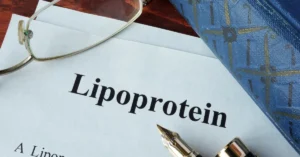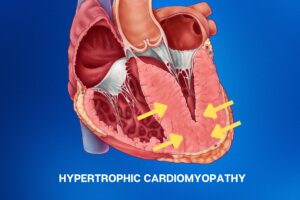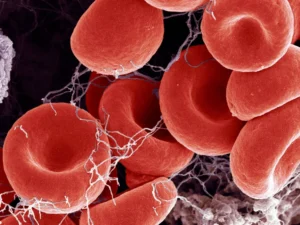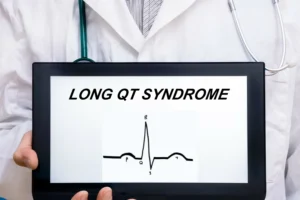When first-line therapies for angina, such as beta blockers, calcium channel blockers, and nitrates, prove inadequate or are not well-tolerated, second-line therapies may be considered.
Perhexiline is a unique medication that enhances the heart's ability to utilize fatty acids for energy, reducing its reliance on oxygen and lowering oxygen demand. This action helps improve blood flow and alleviates chest pain in some patients with refractory angina.
Nicorandil is another second-line option with a dual mechanism of action. It opens potassium channels in smooth muscle cells, causing vasodilation and enhancing coronary blood flow. Additionally, nicorandil also stimulates nitric oxide release, further dilating blood vessels and reducing heart workload.
Trimetazidine is an anti-ischemic agent that improves cardiac efficiency by enhancing glucose metabolism and shifting the heart's energy production to a more oxygen-efficient process. As second-line therapies, these medications offer alternative approaches for managing angina in individuals who do not respond adequately to first-line treatments or those experiencing side effects from other medications.

Understanding Takotsubo Cardiomyopathy: The Broken Heart Syndrome
Takotsubo Cardiomyopathy is a term that may sound unfamiliar, but it represents a condition that deserves our attention, especially in the context of women’s heart health. Sometimes called “broken heart


















